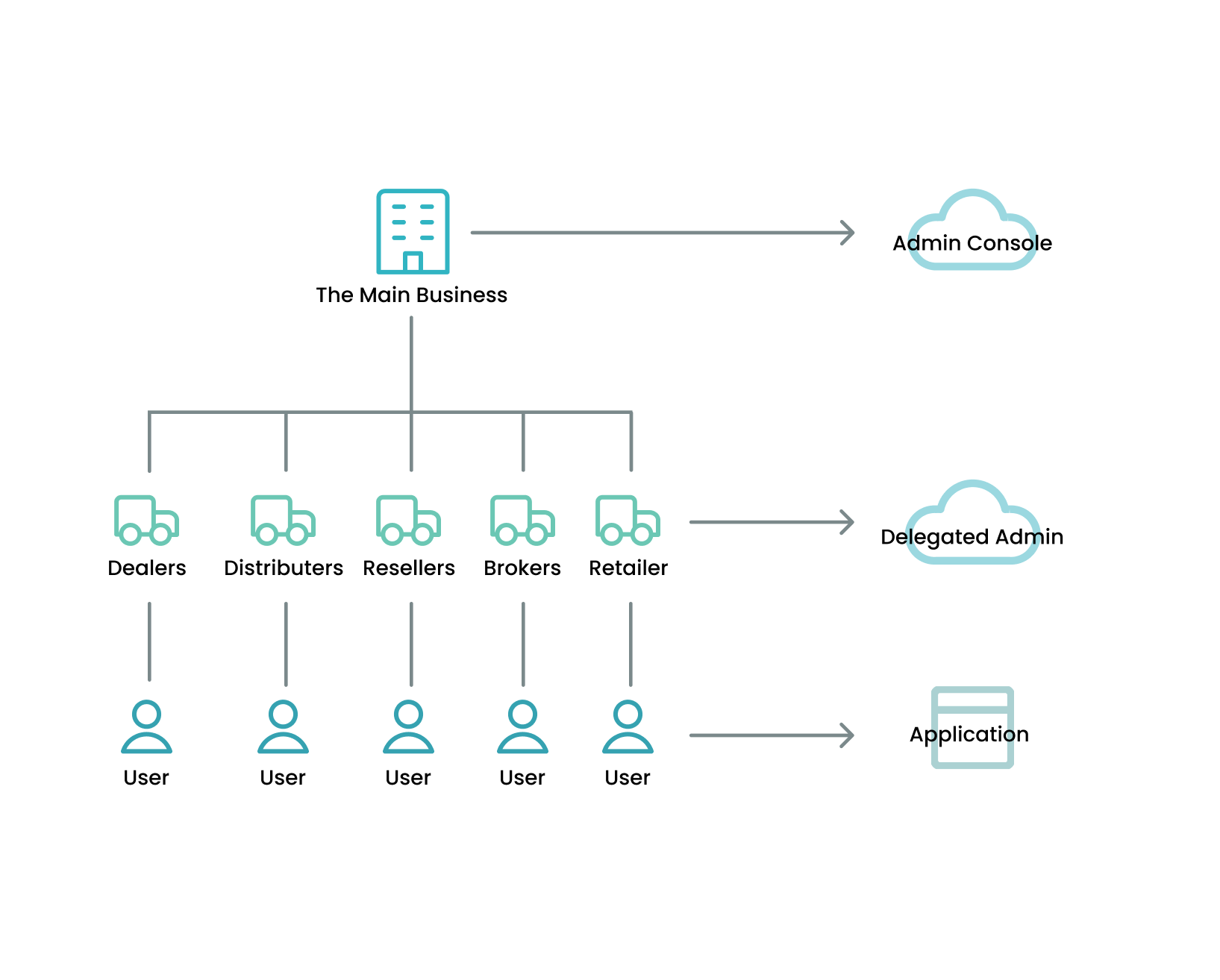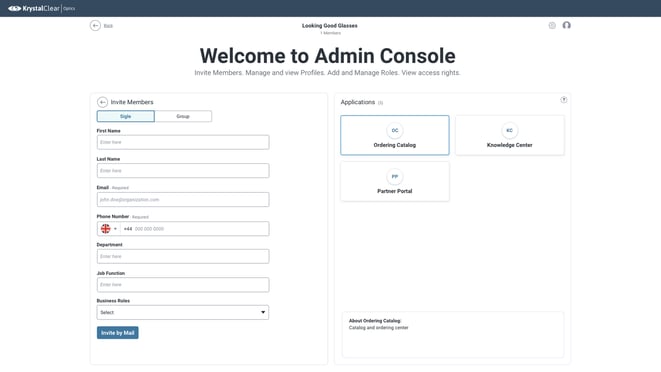It really cannot be overstated how important it is to enable external workers and business partners to engage with you continuously, smoothly, and seamlessly.
Whether we’re talking about distributors, suppliers, brokers, agencies, or contractors and franchise employees, whether on the supply side, sales side, or for outsourced IT support staff, for example, doing this is critical to keeping the operation moving, assuring business continuity, maintaining productivity, and driving growth.
Let’s take a look at some examples.
Let’s say you’re an insurance company and have brought on new agencies from various regions. Users at each of these agencies will need to access your systems, apps, and assets for policy and benefits administration, financial accounting processes, and customer relationship management, among others.
Doing so requires onboarding new users to these various systems, creating a new user identity and password for each, and defining access rights and privileges. This takes time, which frustrates users and delays business activity.
In fact, frustrated employees are a major industry challenge, with churn rates coming in at 90%.
Similarly, if you’re a manufacturer, you need to enable distributors to access your eCommerce platform without fail if you are to avoid potential supply chain bottlenecks.
But what if they forgot their password? What if they just hired new procurement personnel who need to be onboarded, but you’re just too strapped by the day-to-day to carry out the task in a timely manner?
Distributors wind up getting stuck, as do deliveries, and the damage to revenues is often quite dramatic.
If you are outsourcing your organization’s IT support to an external provider, then you have many different users who will need to access your servers, databases, and multiple other operating technologies (OTs).
To meet support SLAs you will need to make sure that these users can get just-in-time access for delivering the technical support required. The key – and challenge – is to enable access only to the assets required for providing the specific support needed and to make sure that once the ticket is closed that access will be revoked.
But, when access management is centralized it is impossible to know who is providing what kind of support, when, what kind of access they need immediately, and when to revoke.
Or if you’re a retailer, with numerous remote branches and/or franchisees who need to manage their own inventory, these users will need to access your digital assets in order to place orders and execute other such critical business tasks.
But, can you really be on top of who needs access permissions to which assets and when?
The hard truth is you can’t. It’s impossible to manage access rights effectively for a large number of organizations and their even larger number of employees, updating policies every time there’s a change.
As we can see, today’s businesses can’t function without a seamless, fail-safe business partner and external employee digital engagement, which starts – first and foremost, with identity and access management.
This is because insurance companies, manufacturers, retailers, and everyone in between, are wholly reliant on accessing digital systems to drive sales, secure a steady stream of supply, and basically run the business.
To address this need, many companies across every industry are investing heavily in digital transformation. They create partner portals and deploy digital applications and other online assets to drive efficient collaboration within and outside the organization.
But these transformations cannot be complete, nor can their promise fully come to life without enabling every entity to independently manage their own users’ identity and access.
This is why the delegated model for identity and access management (IAM) is so important for use cases similar to the ones mentioned above.
Partners and external organizations or business units working as autonomous entities, are the only ones who really know best who among their users needs access to what and when. With B2B IAM with delegated administration they can:
And this is achieved because B2B IAM enables the primary organization to:
Making sure that B2B IAM with delegated administration delivers on your needs, it’s important to make sure that you have the following:
The ability to manage IAM on the organizational level rather than on the user level. When this is possible, these organizations become much more manageable, and can more easily be defined, onboarded, suspended, and removed.

Self-service functionality for enabling the partner or external admin to independently manage every phase of the IAM lifecycle, including onboarding, updates, support, and more, without reliance on outside help.
Delegated management of the full
identity management lifecycle

A delegated management console that facilitates this self-service functionality and the delegated B2B IAM model.

No-code IAM so delegated admins can define and audit access rights without having to write complex configuration files or code.
A delegated admin console with an intuitive interface, where partner users can easily send requests for and receive access rights to systems and portals.
A customizable look and feel for aligning the console user experience to that of the organization’s other internal systems, driving efficiency and productivity when performing IAM tasks, as well as when accessing and viewing workflows and notifications.
Partners, including suppliers, distributors, resellers, and dealers, and external organizations such as outside IT support, among others, are an organization’s business and operating engine, where the business can only move as fast as they do.
This is why any bottleneck that could potentially arise from managing third party business user identity and access must be avoided. And the key to doing this is with B2B IAM that is driven by the delegated model.
To learn more about how Partner Manager from PlainID can help you eliminate the overhead and drive partner IAM efficiency and productivity we invite you to request a free trial, read about how B2B IAM can increase your partner experience, or get a deeper dive into the technology.